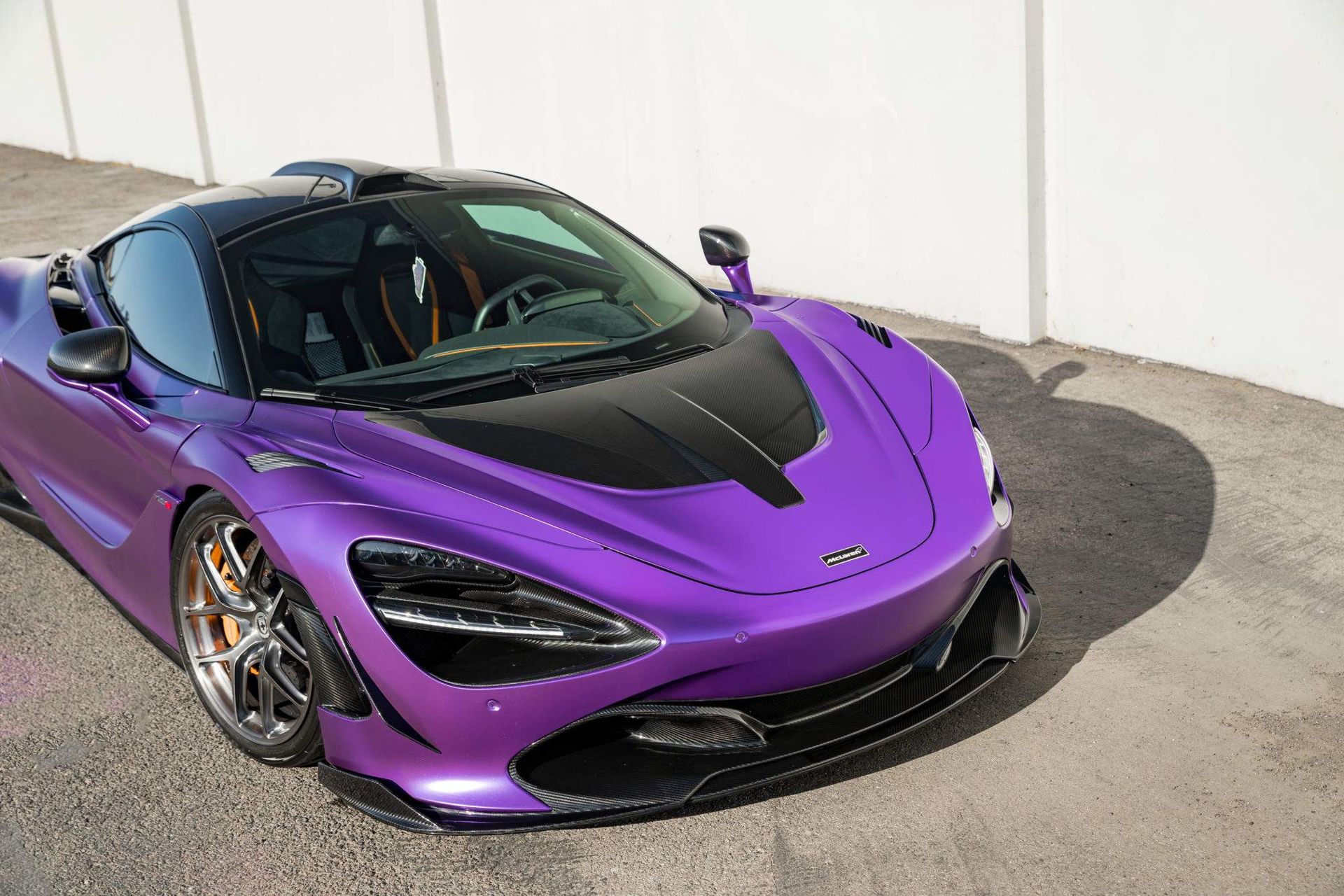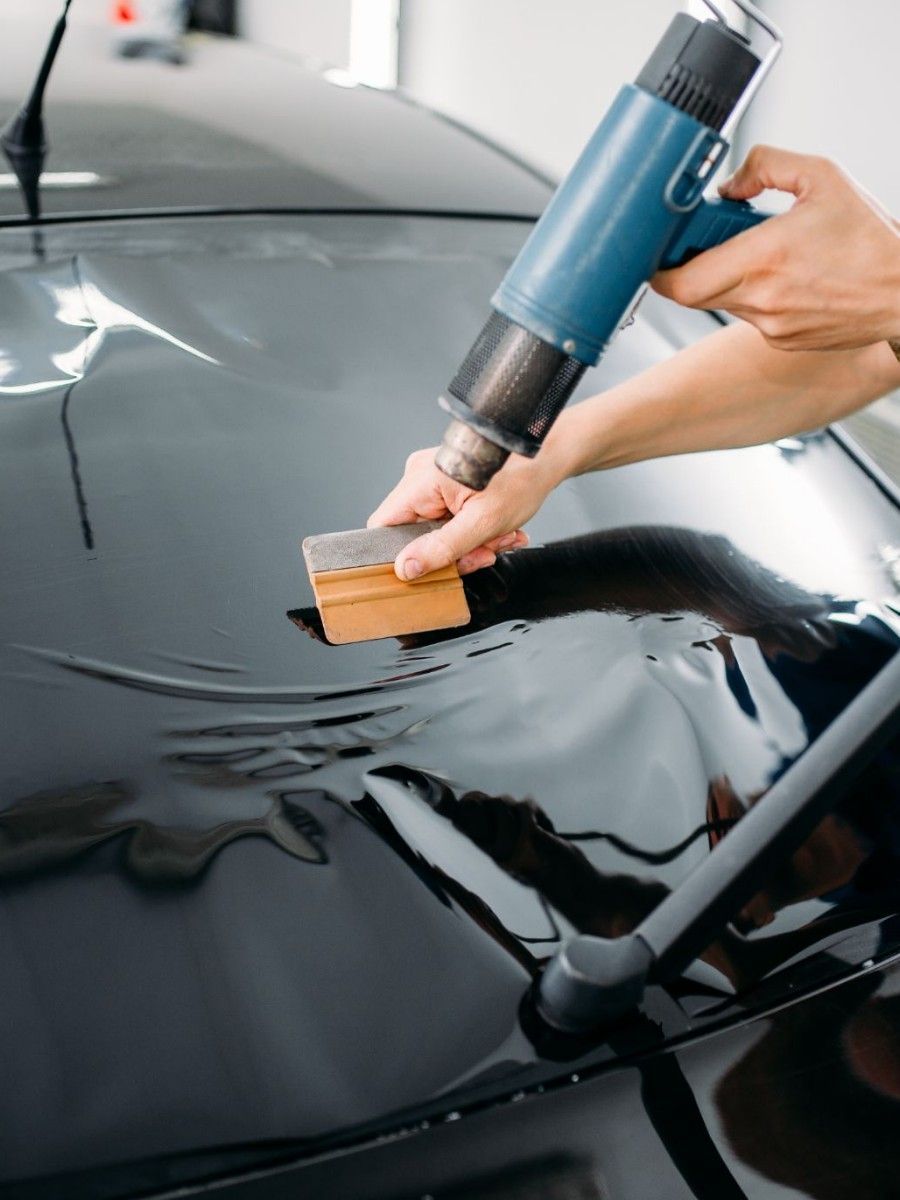Used Tint Laws in California: Important Facts You Need to Know Before Tinting
Introduction to Tint Laws in California
Window tinting is more than just a stylistic upgrade for your car—it’s a serious legal matter in California. Especially when it comes to used tint laws in California, understanding the current rules and exceptions can save you from hefty fines or mandatory tint removal.
Why Window Tinting is Popular in California
California’s year-round sunshine makes window tinting not just trendy but functional. It helps reduce glare, keeps the car interior cooler, and offers privacy. Yet, that extra shade could land you in legal trouble if it doesn’t comply with state guidelines.
Overview of Used Tint Laws in California
Tint Darkness and VLT (Visible Light Transmission) Rules
In California, tint laws are primarily defined by the VLT percentage. This measures how much light passes through the tint film. For front side windows, at least 70% of light must pass through. The lower the percentage, the darker the tint.
Front Side Window Tint Regulations
For used cars, the law doesn’t change. Front side windows must still let in a minimum of 70% VLT, even if the tint was installed by a previous owner. Law enforcement won’t care if you bought the vehicle that way—it’s still your responsibility to make it legal.
Back Side and Rear Window Tint Rules
You can use any darkness on rear and back side windows if your vehicle has dual side mirrors to compensate for reduced visibility. This rule applies equally to new and used vehicles.
Windshield Tint Limitations
Only the top 4 inches of the windshield may be tinted and must be in non-reflective material. Anything beyond this strip violates used tint laws in California, even on older model vehicles.
Tint Color Restrictions
Tint colors such as red, blue, or amber are strictly prohibited. Reflective or mirrored finishes are also not allowed. This applies across all types of vehicles, including used ones.
Medical Exemptions for Tint in California
California allows medical exemptions for drivers with specific light sensitivity conditions. If you own a used vehicle and require a darker tint than the law allows, you'll need documentation from a licensed physician and must carry it at all times in your vehicle.
Differences Between New and Used Car Tint Laws
Factory vs. Aftermarket Tint
Factory-installed tints usually meet legal standards. However, aftermarket tints—especially those on used vehicles—often exceed legal darkness limits. You must verify VLT compliance even if the car came pre-tinted.
How Regulations Apply to Used Vehicles
Even if a previous owner installed illegal tint, you’re legally liable as the current owner. Whether you're buying from a dealer or private seller, it’s crucial to inspect and measure the tint levels.
Law Enforcement and Tint Checks
What Happens During a Tint Inspection
If pulled over, an officer may use a portable tint meter to measure VLT. If your window tint fails, you’ll be issued a fix-it ticket requiring you to remove the tint and provide proof.
Penalties for Illegal Tint on Used Cars
Fines start at $25 for a first offense, but subsequent violations can cost up to $197 or more. Non-compliance may also affect your vehicle registration or insurance coverage.
Tips for Staying Compliant with Used Tint Laws in California
- Use a tint meter to measure VLT before purchasing a used car.
- Keep documentation from a certified installer stating compliance.
- Avoid prohibited colors and reflective materials.
- Consult the California Vehicle Code Section 26708 for full details.
Choosing a Reputable Tinting Service
What to Look for in a Certified Installer
A legitimate tint installer in California should:
- Be familiar with state tint laws.
- Provide a
Certificate of Compliance after installation.
- Use films that match the 70% VLT requirement for front windows.
Asking for Legal Tint Documentation
Always ask for documentation that states the exact VLT of the installed tint. This certificate may be your best defense during a police stop or DMV inspection.
FAQs About Used Tint Laws in California
Q1: Are tint laws different for used and new vehicles?
A: No,
used tint laws in California are the same as those for new cars. Owners are responsible regardless of when the tint was installed.
Q2: Can I get a medical exemption for darker tint?
A: Yes. With a valid doctor's note, you can legally install darker film. Keep the note in your vehicle.
Q3: How do I check if my used car’s tint is legal?
A: Use a portable VLT meter or consult a tint shop for a free inspection.
Q4: What is the fine for illegal window tint in California?
A: Fines range from $25 to over $197, depending on the violation count.
Q5: Can I be pulled over just for tint?
A: Yes. Illegal tint is a primary offense in California and can result in a traffic stop.
Q6: What should I do if I bought a car with illegal tint?
A: Have the tint measured and removed or replaced if it doesn't meet legal VLT standards.
Conclusion: Stay Legal, Stay Protected
Understanding used tint laws in California isn’t just about avoiding fines—it's about ensuring your visibility, safety, and legality on the road. Whether you're purchasing a used car or modifying one, being aware of the VLT limits, color restrictions, and legal implications helps you make smart decisions. Always go through reputable installers, stay informed, and drive safely under the California sun.









